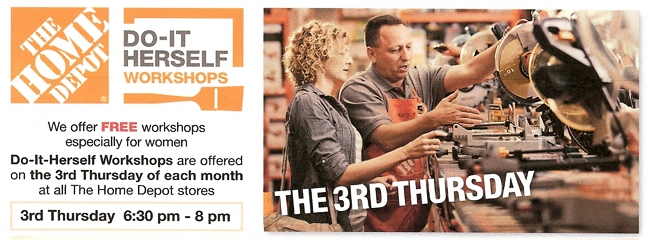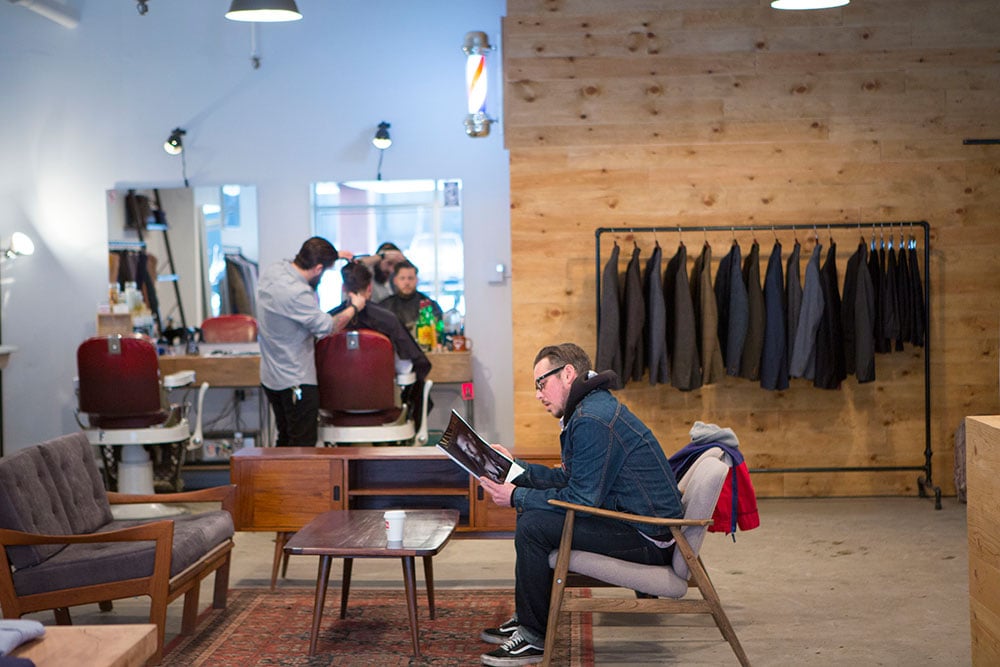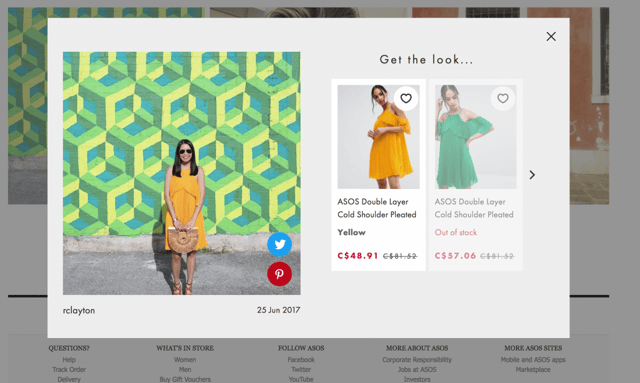
Some of the most coveted brands in the world all have one thing in common: they have active, dedicated communities that help spread the word about the brand in an organic, authentic way. Lesser brands try to chase this success by trying to find shortcuts to building community, and they often fail. Just like in friendship or love, you can’t use gimmicks to force your relationship to grow.
So, how do brands go about moving from a transaction to building and supporting customer communities? Well, just like in interpersonal relationships, the best way to get them started and help them grow is to be helpful and offer the other person something they need without asking for anything in return.
Let’s look at how some famous brands have created and maintain great communities.
#1. Offer Free Workshops

It seems counter-intuitive to have a store dedicated to one specialty and then assume the person shopping there has no knowledge or understanding of your specialty, but that’s exactly what the Home Depot has done. The Home Depot were early adopters of workshops in their stores, teaching people everything from how to make a birdhouse to how to replace a toilet. Even children can learn DIY basics in a safe, nonjudgmental environment. Why is this important? People visiting hardware stores have a wide variety of skill levels, but everyone can learn. Learning the latest methods for completing projects makes a customer feel confident, and more ready to tackle the project at hand (and come back to the store to purchase what they need to complete the project.) Some of these customers will be “bitten by the bug” and let their desire to learn guide them back to the store with higher frequency.
#2. Create a Place to Gather
 [https://www.racked.com/2016/9/20/12933328/frank-oak-womenswear]
[https://www.racked.com/2016/9/20/12933328/frank-oak-womenswear]
If you’ve ever been to the Apple Store, you understand why Apple waited so long to get their retail experience just right. On any given day, if you visit an Apple store, you will see a high percentage of customers visiting just to hang out. Visit Frank & Oak’s bricks and mortar stores on any given day and you’ll hear the whoosh of a Cappuccino machine and smell old fashioned shaving lather at their dedicated cafe and barber shop. Giving customers reasons to drop in and experience your brand when they’re not looking to make a purchase helps keep your brand top-of-mind. Giving customers a place they can invite friends to visit helps spread positive brand association and build new customer relationships organically.
#3. Help Your Customers Find Customers

Everyone probably has a pair of Lululemon yoga pants at home, but there are some people for whom Lululemon’s athletic wear is part of their vocation. Lululemon realized early on one of the secrets to getting their brand to grow was to provide special services to those in Yoga and other athletic instruction trades. Lululemon’s Ambassador program is a massive endeavour- they partner with hundreds of instructors and athletes, providing them with free gear and promotion, while working with these athletes on hosting free events, from Yoga classes to run clubs. Instructors get exposure to pre-qualified customers who are interested in learning more about a sport, and in turn add clients to their rosters. Lululemon is able to build and galvanize their reputation as *the* athletic outfitter by associating with the best instructors and athletes.
#4. Connect Your Customers Through their Passions

Make up has always been a word-of-mouth business. It’s the reason that the same 3 dollar tube of mascara (Maybelline Great Lash) has been the top seller for decades and why Kiehl’s has been around since 1851 (long before advertising). When make-up wearers and artists find something they like, they are vocal about it. Make up is also the type of purchase that is expensive enough that if you have an adverse experience with it, you’ll want to warn others not to try it. Enter Sephora’s Community Page. This page is for everyone – from the novice to professional make-up artistc- to share tips, tricks, product recommendations, suggestions for dealing with specific issues (covering a birthmark for a graduation photo, etc) to learning how to correctly cover a pimple or under eye circles. Makeup is a personal thing, and people feel more comfortable making purchases once they have some authoritative advice on which product to buy and how to use it. This helps Sephora sell more products, and keep people happier with the purchases they choose.
#5. Create a Platform for Your Customers to Share

Youth fashion brands survive on one thing alone: being cool. ASOS saw the success of hashtags like #OOTD (Outfit of the day) and realized that if they could encourage their own customers to use a hashtag like that, they could show people how people from all over the world were styling and accessorizing their products. ASOS created #AsSeenOnMe. Visiting this page on the Asos website is like visiting a store with an impossibly cool friend. All the looks suddenly seem achievable. You can get a sense of how to replicate a look, or even build a similar look for yourself with similar ideas. For ASOS, it’s a chance to see fandom in action, but also get a deeper understanding of what their customers like, want, and how they use their products, enabling ASOS to get better at building their lines every year.
——-
Community is increasingly important to brands to help keep customers thinking about your brand even when they don’t need to make immediate purchases. The keys major brands have used to build communities can all be implemented by smaller or medium sized brands. All you need to do is think about what your customer needs, and you have the building blocks for a great community.


